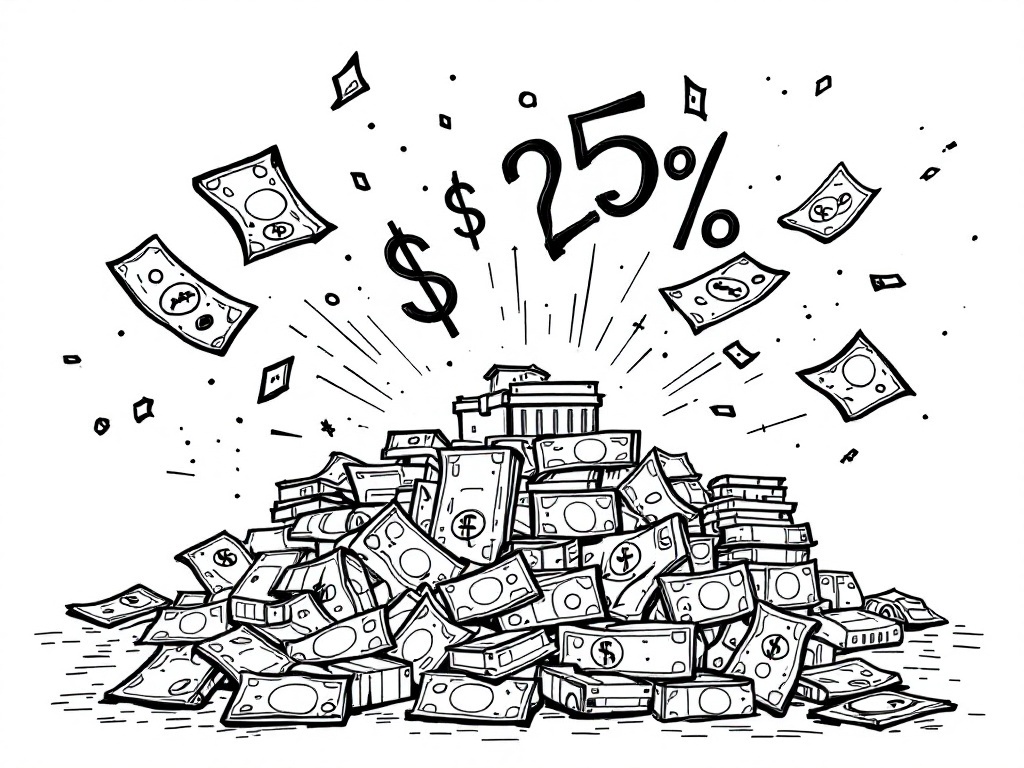Trump Imposes 25% Tariff on Foreign Cars: Economic Impact Looms

Washington, DC, Thursday, 27 March 2025.
On March 26, 2025, President Trump announced a 25% tariff on imported automobiles, effective April 2, predicting it will generate $100 billion in revenue, affecting auto stocks and consumer prices.
Immediate Market Impact
The announcement triggered immediate reverberations across global markets, with U.S. automakers experiencing significant stock volatility. General Motors saw shares decline by approximately 3%, while Stellantis experienced a steeper drop of nearly 3.6% [6]. The measure, scheduled to take effect on April 3, 2025, will apply to all automobiles and light trucks not manufactured in the United States [1][2]. Trump administration aide Will Scharf projects the tariffs will generate approximately $100 billion in annual revenue [1].
Consumer Cost Implications
Economic experts warn of substantial price increases for consumers. According to analysis, vehicle prices could rise by $4,000 to $12,200 per unit [2][4]. With roughly 50% of cars sold in the U.S. being manufactured overseas [2], the impact could be widespread. The current average new car price of $49,000 could become prohibitively expensive for many American households [7], potentially forcing more consumers to retain older vehicles for longer periods [6].
International Response and Trade Relations
The announcement has sparked immediate criticism from major trading partners. Canadian Prime Minister Mark Carney characterized the tariffs as a ‘direct attack’ on Canada’s automotive sector [4], while European Commission President Ursula von der Leyen warned that tariffs would harm businesses and consumers in both the U.S. and EU [1]. Japanese Prime Minister Shigeru Ishiba indicated that Japan is ‘putting all options on the table’ in response [5], suggesting possible retaliatory measures.
Manufacturing and Employment Outlook
The U.S. currently employs slightly over 1 million workers in vehicle manufacturing, having lost approximately 320,000 jobs since 2000 [6]. Trump cited recent investments, such as Hyundai’s $5.8 billion Louisiana steel plant, as evidence that tariffs can stimulate domestic manufacturing [6]. However, industry groups including Autos Drive America warn that the tariffs could paradoxically reduce manufacturing jobs and limit consumer choice [3]. The policy’s full impact will begin to materialize when implementation commences on April 3, 2025 [5].